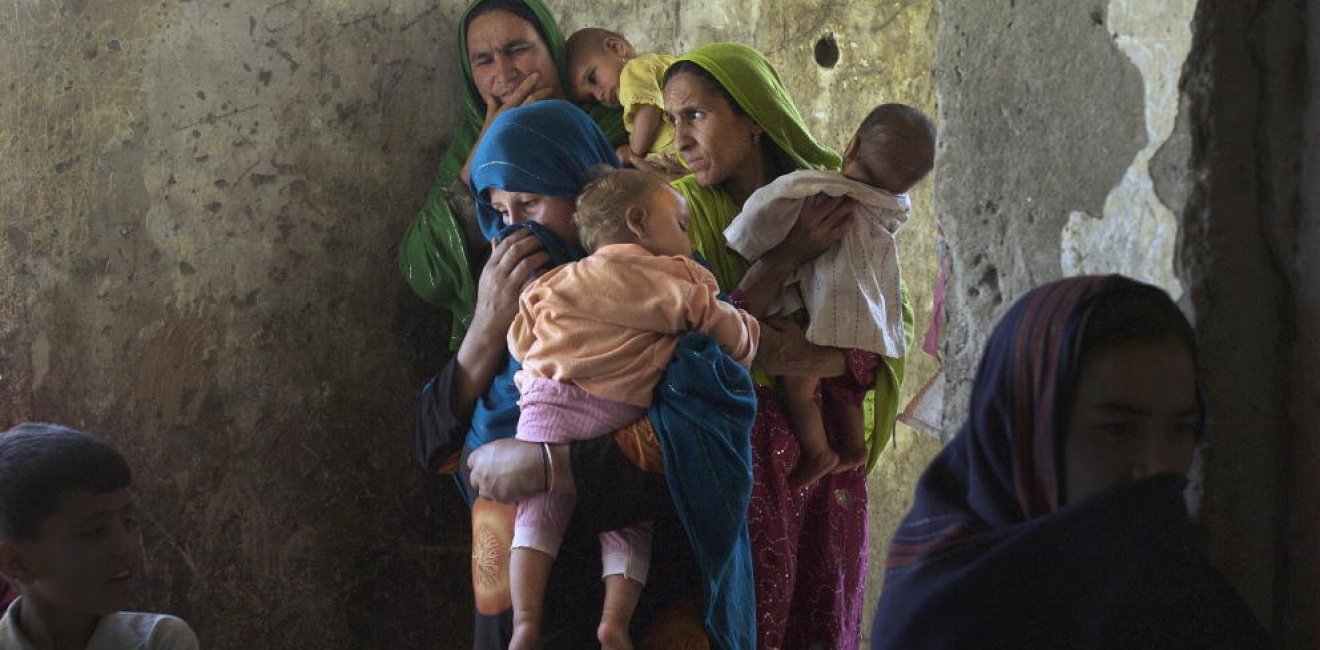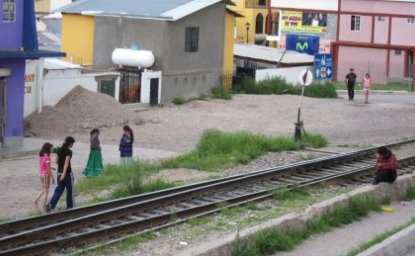With the war in Afghanistan heating up, thousands of Afghan refugees are fleeing their country. But Iran and Pakistan, which house most of the Afghan refugees from previous cycles of violence, are increasingly unwelcoming. So the new exodus has begun to flow toward Europe, already inundated with Syria’s refugees.
Yet these Afghans have attracted little attention from Western policy makers; they do not seem to recognize the Afghans’ desperation, and the challenges their flight poses for Afghanistan, its neighbors and Europe. For Afghans, it is a recurring nightmare. Like previous exoduses going back to the 1970s, this one is stripping the country of precisely the professionals who are vital to its future as a modern state.
President Obama has an opportunity to change that on Thursday by putting the issue high on his agenda, and calling international attention to it, when he hosts Pakistan’s prime minister, Nawaz Sharif, in Washington.
The new surge of refugees began with the Taliban’s offensive this year, and intensified after fighting reached populated areas like Kunduz. Last month, employees at Afghanistan’s passport agency said they were issuing an average of 2,000 passports daily — triple the number of six months ago.
In recent decades, most Afghan refugees have wound up in Pakistan, which now hosts nearly three million. But refugees there complain that this year, officials have been forcing them to return home. The International Organization for Migration says 90,000 Pakistan-based Afghans did just that since January. Now the government refuses to extend identity cards for 1.5 million refugees, many of whom have been in Pakistan for decades, when their permits expire at year’s end.
Iran, too, has been deporting refugees. One reason is fear that Afghans with ties to the drug trade will compound Iran’s own drug-use problems.
Deportation can be a harsh sentence. Some returnees end up in United Nations camps near Jalalabad, a stronghold for former Taliban militants who joined the Islamic State. The danger may be worst for ethnic Hazaras; they are Shiite Muslims, and many fled slaughter by the Taliban.
The new surge of refugees began with the Taliban’s offensive this year, and intensified after fighting reached populated areas like Kunduz. Last month, employees at Afghanistan’s passport agency said they were issuing an average of 2,000 passports daily — triple the number of six months ago.
Afghans cannot expect much help from their own government. One official American report says the State Department stopped funding a training program for Afghanistan’s refugee and repatriation ministry last year after finding the ministry corrupt and dysfunctional.
Helping Afghan refugees is not an easy issue for Pakistani officials, who already deal with a million internally displaced Pakistanis fleeing conflict in their own border areas.
So the Afghan exodus increasingly looks to Europe as its destination, after a perilous trek across Iran, Turkey and the Mediterranean.
According to United Nations and European estimates, more than 20 percent of the roughly 500,000 people who have arrived this year via the Mediterranean have been Afghans.
The flow poses a serious challenge for Europe, which is already experiencing its greatest refugee crisis since World War II and needs no further scapegoats for its anti-immigration demagogues to attack.
But if Europe closes its doors to them, that would only shift the challenge back to Pakistan, where Afghans could be expected to resume arriving in greater numbers. Even in normal times, tens of thousands of Afghans pass back and forth monthly through two border checkpoints, most of them as legitimate temporary visitors. The temptation to cheat at those crossing points would increase even as other desperate Afghans stepped up the flow across more porous parts of the border. That would surely exacerbate a growing public resentment of Afghan refugees, whom many Pakistanis already associate with terrorism, drug abuse and a drag on their economy.
So the world must acknowledge the plain fact that Afghanistan’s refugees need help. Their own government, beleaguered by war and its own dysfunction, is not up for the task, and its two largest neighbors are increasingly indifferent to their plight.
It is unrealistic to expect Pakistan to voluntarily accept more Afghan refugees. Still, it should better help those already there. Mr. Obama should press Mr. Sharif to extend the identity cards about to expire. He should urge a more gradual and humane repatriation process. And he should assure Mr. Sharif that Americans remain committed to financial support for international aid programs that assist Afghan refugees in Pakistan and Iran — programs now under budgetary pressure.
Iran, which houses the second-largest Afghan refugee population, has extended the visas of 450,000 Afghans. Yet Afghans there also report forced deportations and other bad treatment. According to one recent report, Iranian border policemen shot and killed seven Afghans trying to enter the country. These policies must end.
As for the Western countries, the European nations whose troops took part in NATO’s mission in Afghanistan should ensure that Afghans are included in any European Union quotas that distribute refugees among member states. And Washington should expedite special visas for those Afghans who worked for the United States government or military and say that their lives are endangered. In September, at least 13,000 Afghans and Iraqis with that status were still waiting.
And, if security can be assured, international aid groups should accelerate the creation of safe zones within pacified areas in the country, where the United Nations says the total internally displaced population numbers nearly a million. These people need incentives to stay in Afghanistan.
Meanwhile, some of Afghanistan’s other neighbors should band together to help. Bordering countries in Central Asia, along with Russia, China and Iran, all need more stability in Afghanistan and fear the specter of heavy refugee flows into their countries; they should pool funds to support the formation of permanent safe areas inside Afghanistan, in places like Bamian Province that still enjoy relative stability.
Given the lack of quick fixes for Afghanistan’s violence, corruption and economic distress, safe areas may be the best possible incentive for Afghans to remain in their country. It is only a stopgap, but one that might help keep a dangerous crisis in check.
The opinions expressed here are those solely of the author.
This article was originally published in The New York Times.






